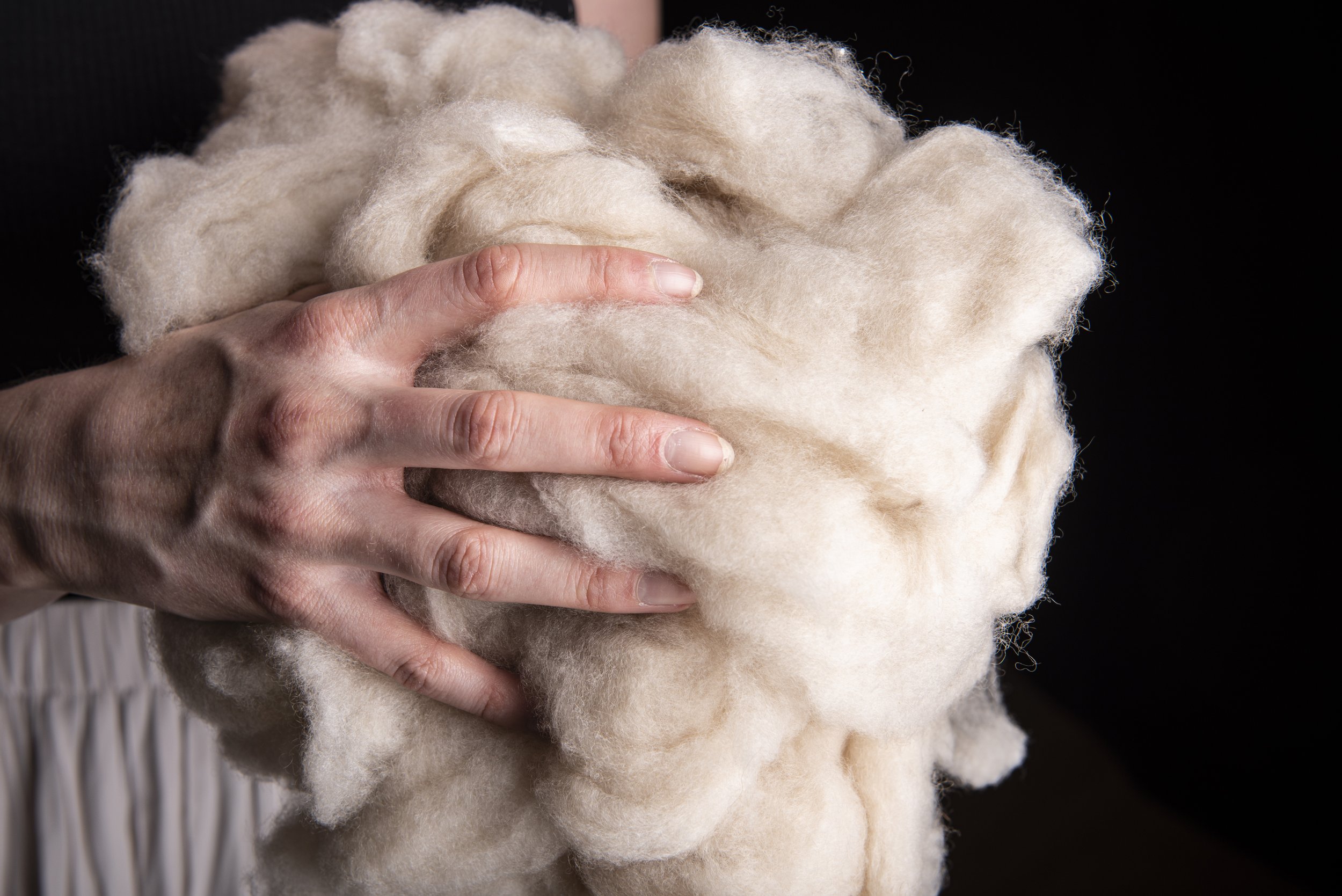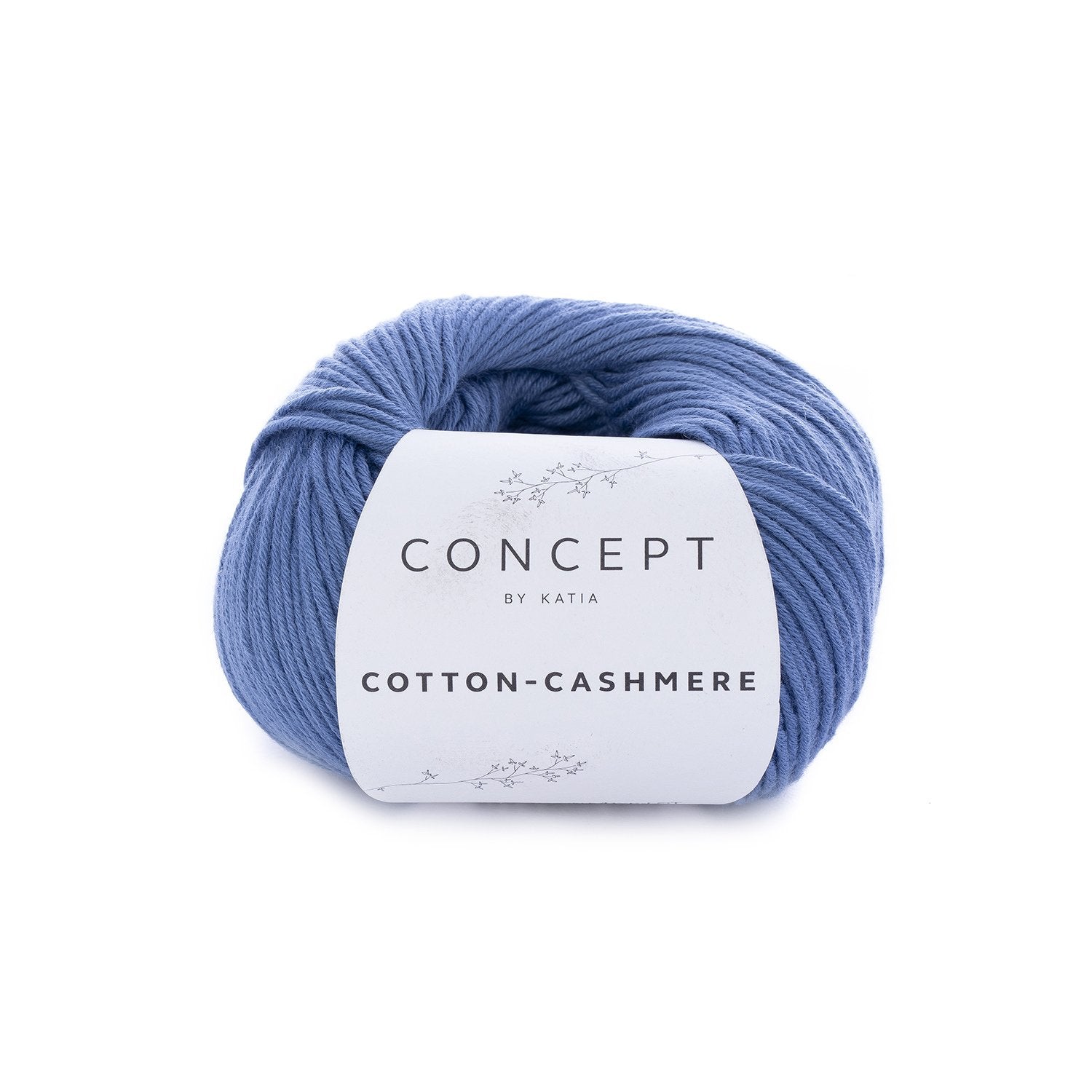Discover the Allure of Cashmere an All-natural Fiber: Why It's a Must-Have in Your Closet
The attraction of cashmere, a luxury natural fiber, goes beyond mere visual appeals. From discussing its interesting beginning to comprehending its production quality, procedure, and care, it's worth exploring why cashmere holds such a special location in the world of textiles.

The Origin and History of Cashmere: A Short Review
While lots of may view cashmere as a simple deluxe, its background is steeped in abundant social tradition. Originating from the Kashmir area in India, cashmere wool has been generated for thousands of years. The fiber is obtained from the soft undercoat of cashmere goats, gathered during their molting period.
Understanding the Distinct Features of Cashmere Fiber
Cashmere, renowned for its distinctive features, attracts attention in the globe of fabrics. This elegant fiber is exceptionally soft, providing a comfy and comfortable feel unlike any various other. It is substantially warmer than wool, making it an excellent choice for wintertime garments. Regardless of its warmth, cashmere is remarkably light-weight and does not include unnecessary mass. This natural fiber is additionally understood for its durability. While various other materials may wear down in time, cashmere keeps its top quality, ensuring lasting wear. Lastly, cashmere possesses a distinct aesthetic allure. Its gentle appeal and beauty make it a staple in high-end style. Understanding these residential or commercial properties clears up why cashmere is not just a deluxe, but a worthwhile investment for any type of wardrobe.

The Refine of Making Cashmere: From Goat to Garment
To appreciate the glamorous properties of cashmere fully, one should recognize its trip from the raw fiber to the ended up product. The process begins with the cashmere goats, predominantly found in Mongolia, China, and Iran. The soft undercoat of these goats, collected throughout their natural molting period in springtime, provides the raw material. This fragile fiber is after that very carefully divided from the coarser outer hair in a labor-intensive process referred to as dehairing. The pure cashmere is after that dyed, rotated right into thread, and lastly weaved or woven into the coveted garments. Each action is diligently implemented to preserve cashmere's notable heat, softness, and resilience. This elaborate process results in the development of that site an absolutely extravagant material.

Translating the Quality and Rate: Why Is Cashmere so Expensive?
The high cost of cashmere garments commonly leaves consumers questioning its justification. The expenditure stems mostly from the strenuous manufacturing process. is cashmere a natural fiber. Cashmere stems from the great undercoat of the cashmere goat, with each goat creating a mere 150 grams each year. The labor-intensive procedure of brushing and accumulating the unusual fiber substantially drives up the expense. Furthermore, the processing of raw cashmere calls for both time and experience, with the fibers requiring to be meticulously sorted, cleaned, and spun. The shortage of pure cashmere, paired with its premium softness, heat, and toughness, validates its deluxe status and high price. These elements integrated make cashmere a pricy yet extremely in-demand commodity on the planet of fashion.
Cashmere in Style: The Flexibility and Classic Allure
In spite of its high price, the timeless charm and convenience of cashmere have strengthened its place in the realm of style. The fiber's distinct appearance, characterized by its soft qualities and heat, has become associated with high-end and comfort. Its flexibility prolongs beyond seasonal trends, making it a wardrobe important in various types, from elegant coats to elegant scarves. The versatile nature of cashmere enables its assimilation into both casual and formal attire, representing its wide look at this now charm. The material's withstanding appeal over the years attests to its classic beauty. As trends come and go, cashmere continues to be a consistent, its appeal undiminished, remaining to form the fashion and motivate sector's landscape.
Taking Care Of Your Cashmere: Upkeep and Conservation Tips
Making certain the longevity of cashmere garments requires specific care and focus. These valued properties need to not be tossed right into the washing maker with routine washing. Instead, hand washing with mild, pH-neutral soap in warm water is advised. After cleaning, they must not be wrung out. Rather, they should be gently pressed in between towels to absorb excess water, after that laid level to completely dry. Routine cleaning with a cashmere comb can avoid pilling. Keeping these things in a cool, dry location, ideally in a breathable bag, can shield them from moths and moisture (is right here cashmere a natural fiber). A periodic airing outside, away from direct sunlight, can freshen the fibers. With these upkeep and conservation ideas, one can guarantee their cashmere continues to be durable and luxuriously soft.
Conclusion
Cashmere, with its unrivaled soft qualities and heat, supplies both deluxe and resilience. Discover the attraction of cashmere and raise your style repertoire.
